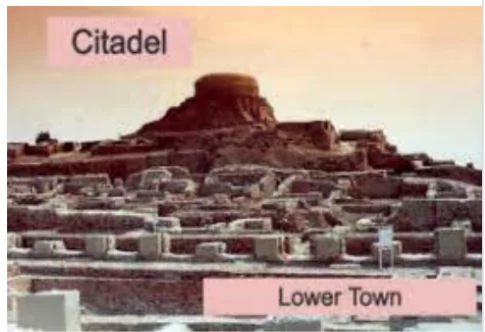![]() June 7, 2024
June 7, 2024
![]() 5505
5505
![]() 0
0
Architecture basically means the art and science of designing structures. Indian architecture is rooted in the history, culture, and religion of India. The earliest remains of Indian architecture are to be found in Harappa, Mohenjodaro, Ropar, Kalibangan, Lothal and Rangpur.
 Burnt Bricks: They used burnt mud bricks of standardized dimensions and layers of bricks were joined together using gypsum mortar.
Burnt Bricks: They used burnt mud bricks of standardized dimensions and layers of bricks were joined together using gypsum mortar.
| CITADEL | LOWER TOWN |
|
|
|
Must Read |
|
| Current Affairs | Editorial Analysis |
| Upsc Notes | Upsc Blogs |
| NCERT Notes | Free Main Answer Writing |
<div class="new-fform">
</div>
Latest Comments